The plaster of walls from aerated concrete is one of the important stages of repair or reconstruction of your home and the most common way of internal and external finishing of precautions.
Aerated concrete structures were previously used only for the insulation of houses, since it is easy and can be cut and dismantled in every way. Now, products from such material as aerated concrete are greatly popular and demand due to their strength and relatively suitable price. But it is important to understand that for convenience and long use with such materials, they must be plastering and covered by various moisture-resistant and anti-corrosion materials. This will significantly help extend the life of your home or garage and facilitates life to you and your loved ones. And how to do it right, we will tell you in this article.
Briefly about aerated concrete
What is such material as a power plant? How much is it reliable and safe?
Aerated concrete is a type of artificial porous building material, in which a binding and silica filler is taken as the basis. Treat to lightweight, cellular concrete.
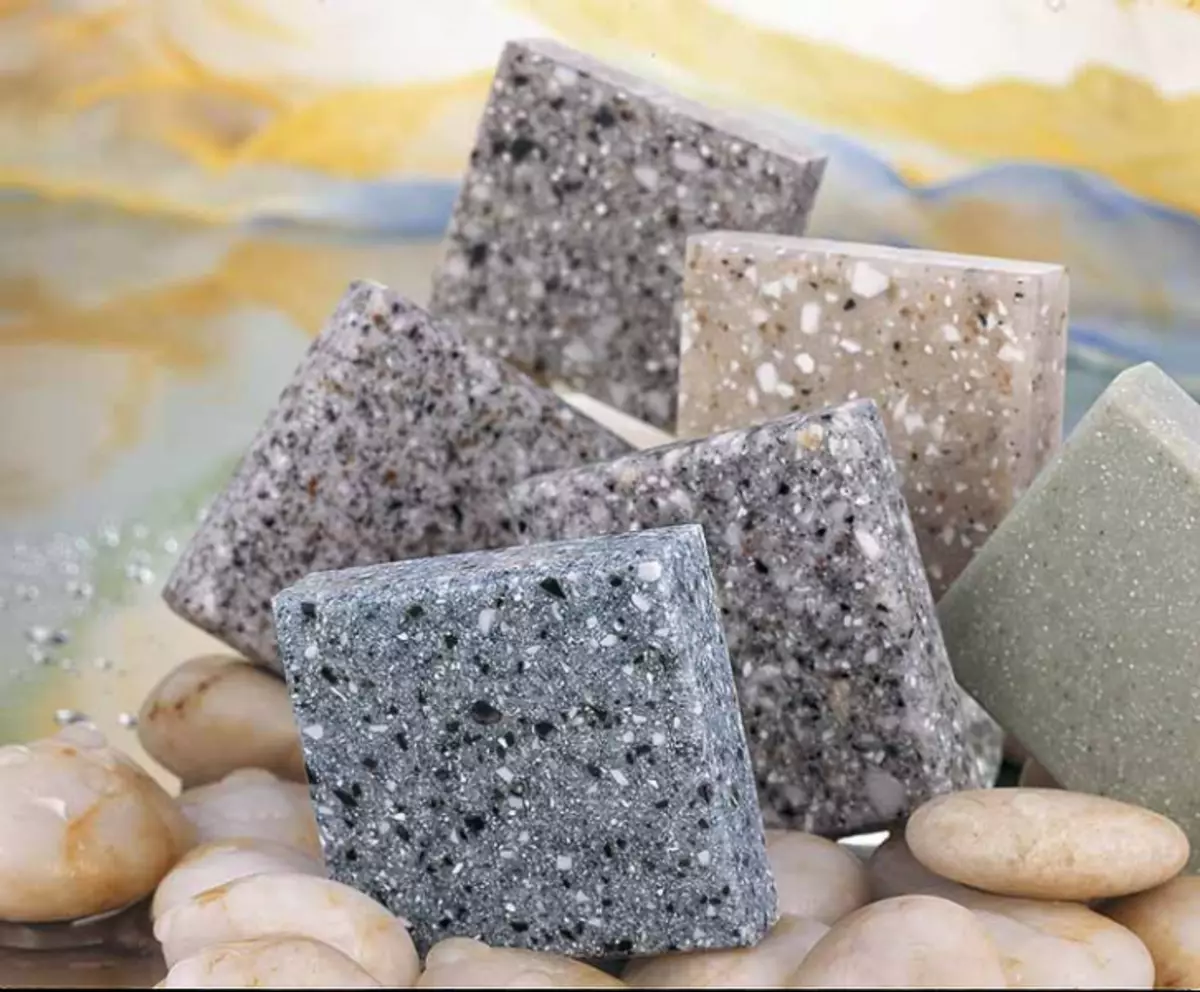
The base material is an artificial stone, spherical pores are evenly concentrated in volume. Aerated concrete has a rock foam. It is simple and durable than and entered into competition with traditional construction materials. In the production of aerated concrete: cement, quartz sand and various types of gas formers, plaster, waste industry, lime and slags are often added to the mixture. The mixture is prevented on water than the appearance of a gas formator of such as metal aluminum with a strongly aluminum solution of cement or lime, as a result of these reactions, gaseous hydrogen and foamed cement mortar are released.
Aluminum pastes and suspensions are actively used as a gas formator. Despite the inconspicuous type of aerated concrete blocks, they are strong enough and with proper operation do not require specific care. It attracts most people, because simplicity, strength and convenience are the main factors not only our lives, but also building materials.
Preparation of walls
It is important to understand that the walls of gas-silicate blocks differ significantly from the walls, which includes foam concrete and even more so from the common stereotype - brick walls. Initially, the aerated concrete was created as a heater for existing walls and did not assume a special design, but in the future development there were thoughts that it was possible to use it as directly the material of the construction of bearing structures.
Article on the topic: Aluminum horizontal blinds: Features and care
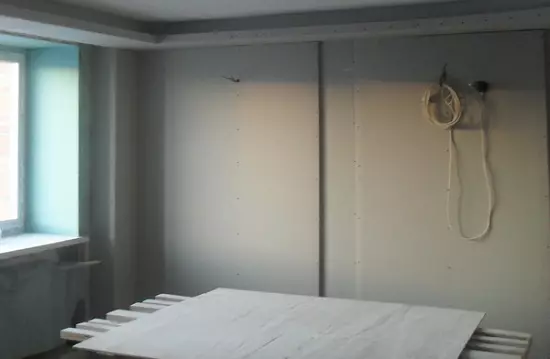
But it is worth noting that such walls are smoother and produced according to completely different technologies, namely, like a cellular concrete, the pores of which are open, which complicates the process of plastering and primer.
At the first stage, it is necessary to fully brand the wall and it is advisable to do it a couple of times, as the aerated concrete absorbs the primer. The grinding of the walls gives the best adhesion and protects against fungi and different types of mold and other fungal diseases. Regarding the primer mixtures - then there are many of them in stores in stores, the choice is more than wide, you can choose the most suitable for you.
A few more primer tips: It is advisable to primitive in three layers. The first of them is to dilute the liquid mixture with water, approximately in the proportion of 1: 4, the detailed information can be seen in the instruction that is attached to the primer. The secondary layer is also mixed with water, but already in smaller proportions and finally the final stage should be made without adding water to the concentrating solution itself.
Also from the common options: you can beat a slightly wall with a hammer that will leave small in size but close-spaced pits, then the clutch of plaster will be more reliable and strong. Either give the reinforcement grid of a gas concrete, attaching it to the block. Such a procedure is very easier and in some cases it is simply necessary.
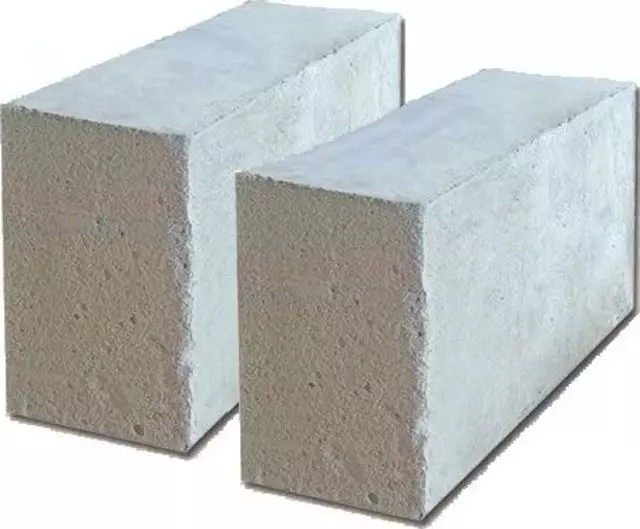
With the help of screws, the mesh is fastened to the aerated concrete unit and on top of the grid, without the use of primer, you can plaster surface.
Technology
The walls from aerated concrete have high strength and thermal insulation and it is very important to save the quality data of the aerated concrete. In such cases, plaster comes to the rescue. But before plastering aerated concrete, it is necessary to familiarize yourself with this feature that allows you to maintain healthy inside the building, modeled microclimate. And the plaster serves as some isolation from the effects of adverse factors, the sustainability to which the aerated concrete is not, namely, such as:- Formation of cracks;
- moisture penetration;
- protection of blocks from a sharp temperature difference;
- protection against dust, dust repulsion;
- Reducing the number of penetrating air.
Article on the topic: Facrifical houses: Nuances on the construction of the construction with their own hands
The plaster walls from aerated concrete requires the maximum responsibility and the correct amount of theoretical knowledge that doubly will help you.
Getting Started, it is important to take into account the fact that the plaster will be held in the best way in blocks made of cutting technology, because the surface of such blocks is rough, which ensures the best interaction of plaster with the block.
Therefore, it is best to suit ready-made gypsum-spacious mixtures that you can buy in any construction store at a satisfactory price. Gypsum-spacious mixtures One of the best options for preparing aerated concrete to putty.
A moreial factors for the formation of a high-quality and durable protective layer of plaster. Desirable for use, the mixture must have the following characteristics below:
- have high strength indicators;
- the ability to provide the best adhesion with aerated concrete;
- have resistance to climate change and its temperature fluctuations;
- provide a sufficient waterproof effect;
- Different resistance to frosty phenomena and have vapor permeability.
Outdoor plaster walls from aerated concrete
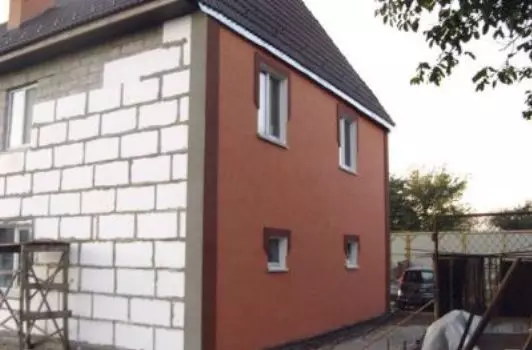
The external walls of aerated concrete blocks are the most important mechanism, it is precisely on them most precipitation, dust, garbage and other negative factors affect them, so in no case the outer walls cannot be left unprotected, they must be dispersed in order to protect them Atmospheric precipitation and crack appearance, which is often found in the walls of this type. The exterior decoration of aerated concrete structures is the most important stage at the end of construction work, because the outer walls are the main filter for the best climate in the room. In addition, for the walls there are dangerous differences in temperature values, given all the features of the aerated concrete.
Outdoor, or otherwise, the outer finish of walls from aerated concrete can be performed by a variety of and numerous methods. It is also possible to facing brick masonry, painting a different plan with materials for the visual and pleasant perception of the structure and its aesthetic beauty.
First of all, you need to fill the dents of the surface type and the various chipped mixtures. The second stage is grouting irregularities and surface deformations.
Article on the topic: Features of a wedge valve
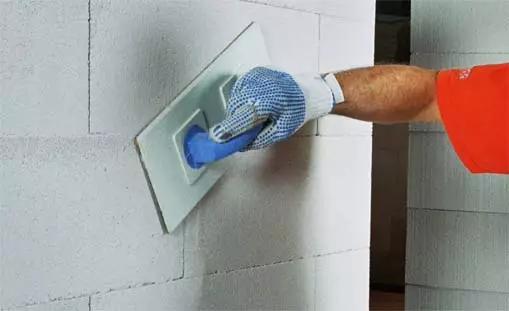
Such work is performed in particular and grinding machines and manually emery paper.
Removal of the resulting dust and garbage for better digestibility, engraving and interaction of materials.
Applying the first layer of plaster: For better fixation and perfect compatibility, a reinforcement grid is used about which was discussed above. In the future: applying the second primer layer of plaster and alignment. After the direct drying of the plaster, you need to apply a layer of finishing plaster.
Inner plaster
The inner finish of such a material as aerated concrete implies not only aesthetic beauty and design vision of work, but also comfortable climate conditions in the room, maintaining temperature and other vital residence features. In this regard, the requirements for exploitation. Namely, for what and for what purpose the building was built, what goals ahead puts and what to overcome them to achieve them. Suppose, in the case when the emphasis is raised on the strength and durability of materials - vapor insulation solutions, films, putty materials with a high coefficient of vapor insulation should be used. If we are talking about a residential room, such as the cottage or the house appropriate will be applied not too thick layer of plaster for possible further conversion of the building, namely for cosmetic repair, for plating wallpaper, for example, for the artistic framing the monastery.
In general, the plaster of aerated concrete structures is painstaking and quite a long stage to achieve the best option.
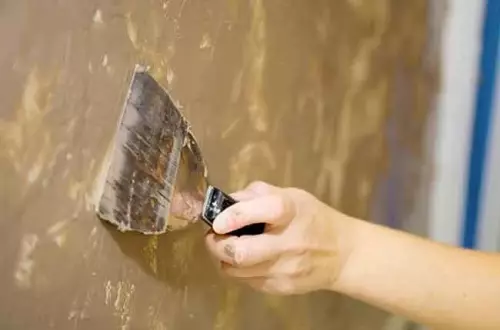
It is necessary to pay attention to absolutely all factors and features of the work of work, such as: the required number of layers of plaster, the thickness of the layer itself, the preliminary use of primer and the rational application, moisture and dust of the protected mixtures and the aesthetic beauty and the perfection of the result itself. Repair - important and necessary for any kind of products, and even more so for houses, buildings, garages. So use only high-quality materials, durable and strong, but in no case should you forget about the pricing policy and the principle: price-quality. New successful accomplishments, development and improvement of skills.
Video "Technology plaster outdoor and inland walls from aerated concrete"
Master class H + H according to the technology of the exterior decoration of walls from aerated concrete blocks.
